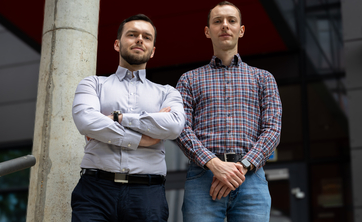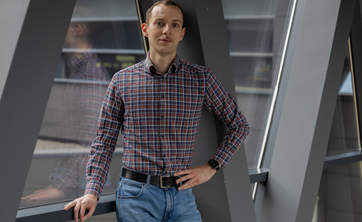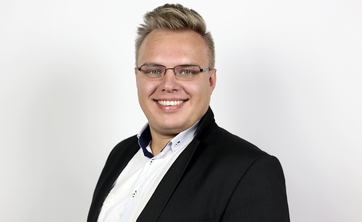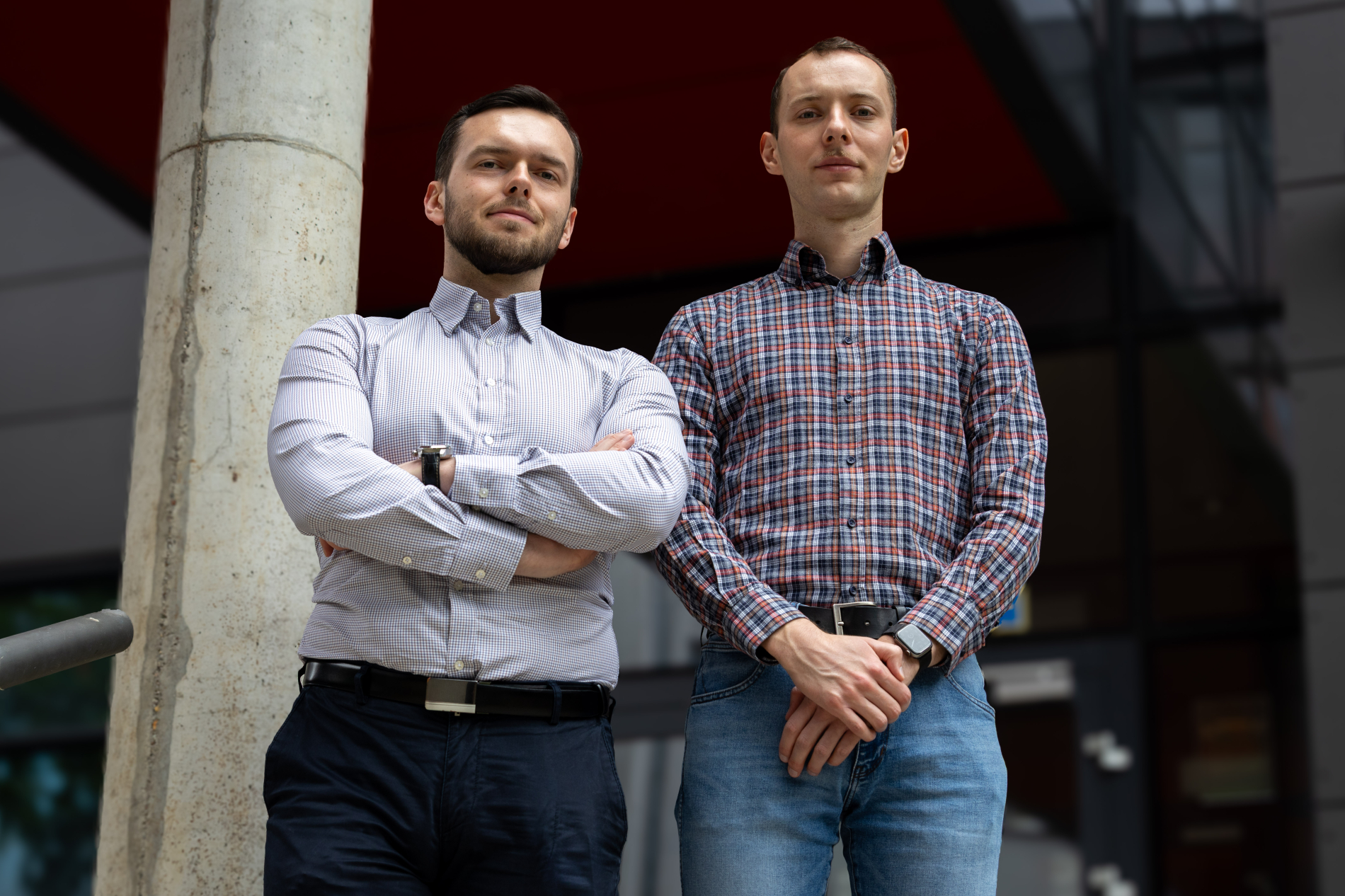 Members of the Network Science Lab from the Department of Artificial Intelligence at our Faculty received the Best Posters Award. The winning poster showed their research findings on using graph neural networks to detect key users in a network from the perspective of the social influence propagation process. Congratulations!
Members of the Network Science Lab from the Department of Artificial Intelligence at our Faculty received the Best Posters Award. The winning poster showed their research findings on using graph neural networks to detect key users in a network from the perspective of the social influence propagation process. Congratulations!
The Best Posters Award was presented to them at NetSci 2025 in the Netherlands – a conference dedicated to the analysis of complex networks, organised by the Network Science Society. The poster was titled "Identifying Super Spreaders in Multilayer Networks with Graph Neural Networks".
– This award shows that the research we are conducting is valid and recognized in the community. We were noticed by the participants of a very important conference dedicated to computational network science – says Michał Czuba, who prepared and presented the NetSci winning poster together with Mateusz Stolarski. They are both our doctoral students and the main authors of the publication describing the research results presented on the poster.
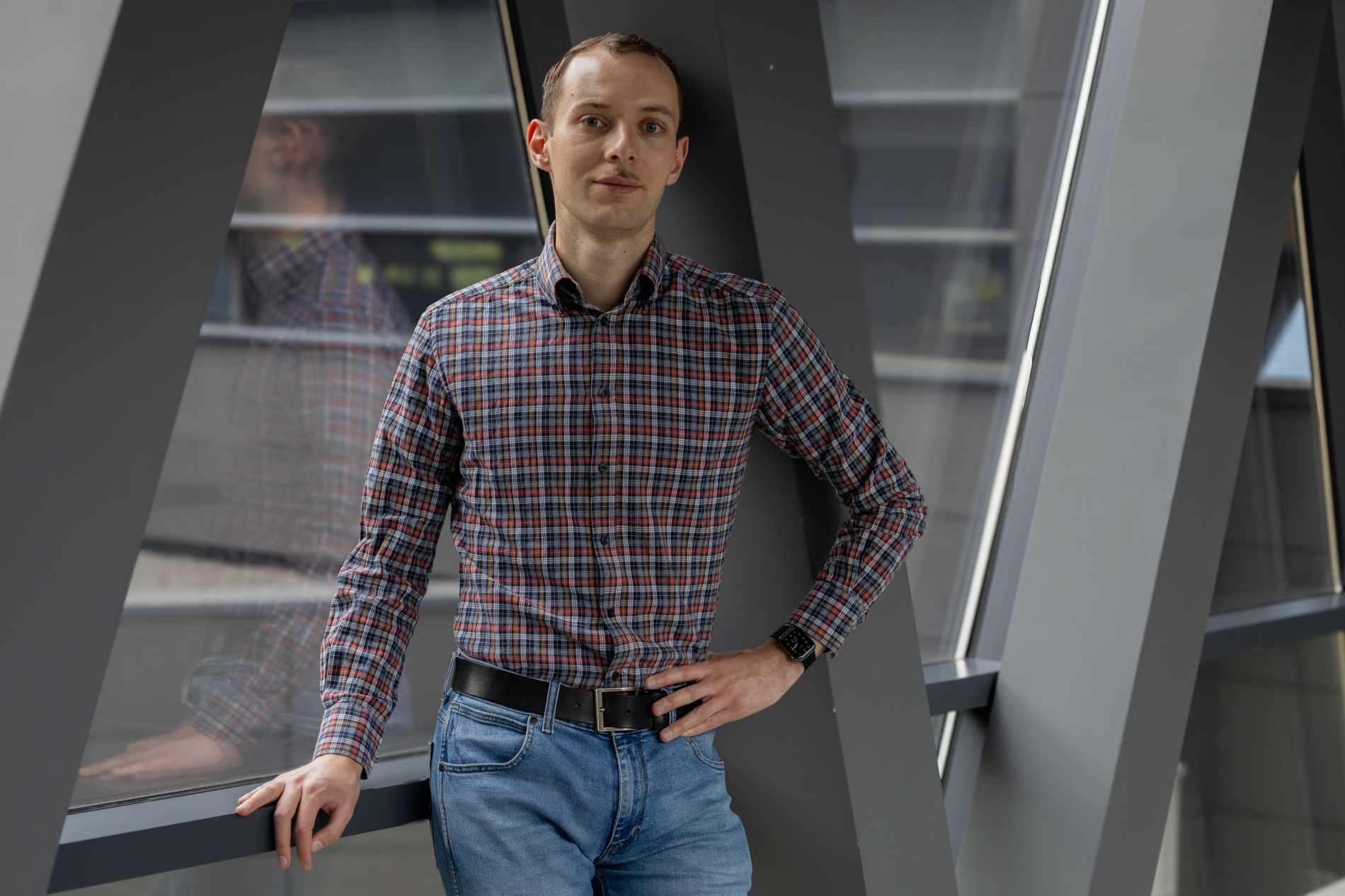 The authors of the publication also include scientists – Prof. Piotr Bródka and Dr. Piotr Bielak, as well as an artificial intelligence graduate, Adam Piróg. The publication describes research on detecting key users in a network from the perspective of the process of spreading social influence and using graph neural networks.
The authors of the publication also include scientists – Prof. Piotr Bródka and Dr. Piotr Bielak, as well as an artificial intelligence graduate, Adam Piróg. The publication describes research on detecting key users in a network from the perspective of the process of spreading social influence and using graph neural networks.
– The best way to explain this is to use the following comparison. When we talk about models such as Chat GPT, they take in text and work on it. In the case of graph neural networks, a graph is used instead of text – explains Mateusz Stolarski.
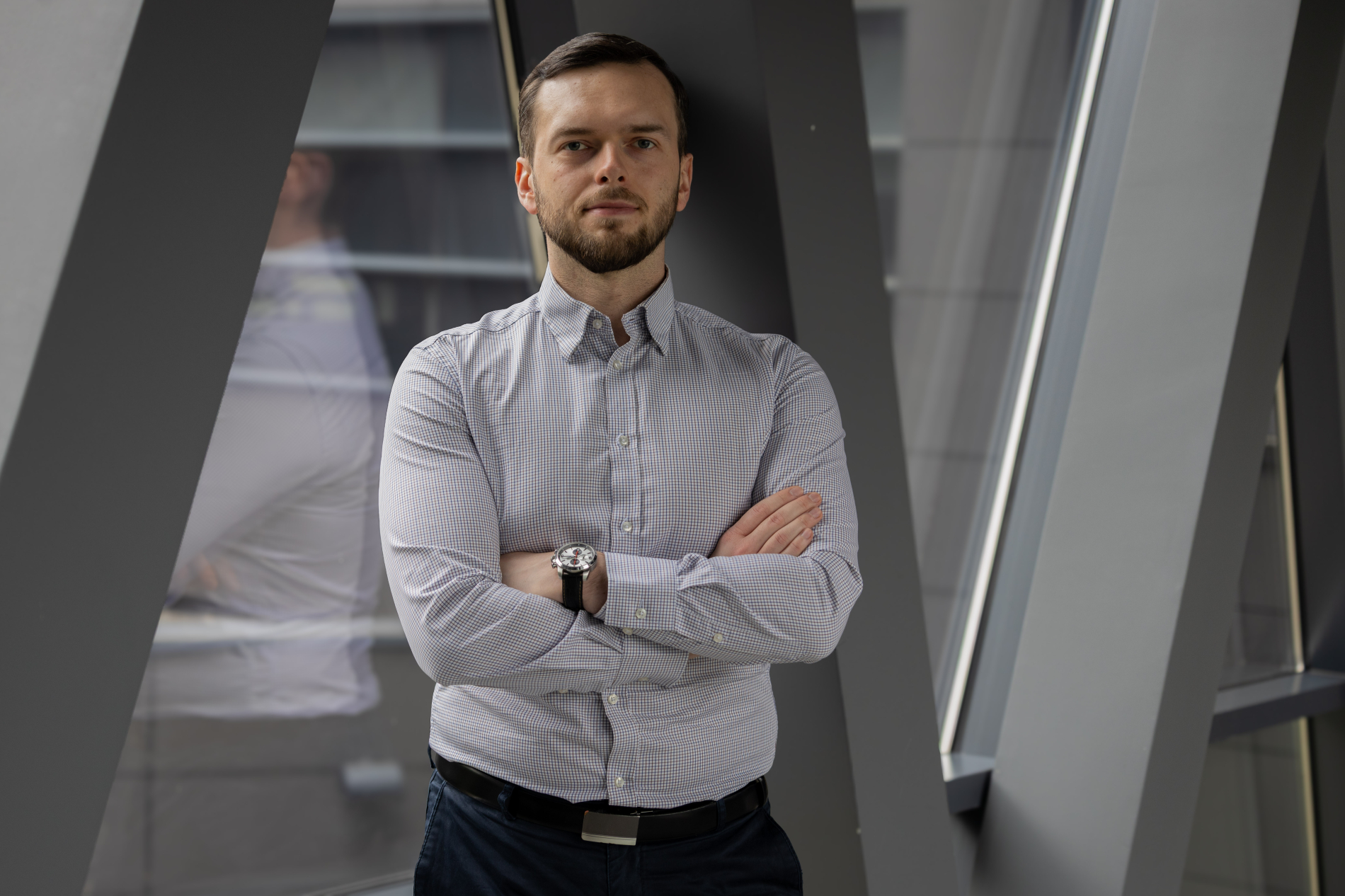
The research focused on identifying individuals with a key role in spreading social influence in social networks, commonly known as influencers. Such individuals are crucial, for example, when launching advertising or political campaigns.
– We demonstrated how to use graph neural networks to assess each individual's capability in the network to be an influencer. We considered this ability from various perspectives, such as how many people online such a person can persuade or how quickly they can do it. This is an innovative approach that allows us to assess such a potential comparably or even better than previous methods, which evaluate it only in the context of the number of convinced individuals – explains Prof. Piotr Bródka.
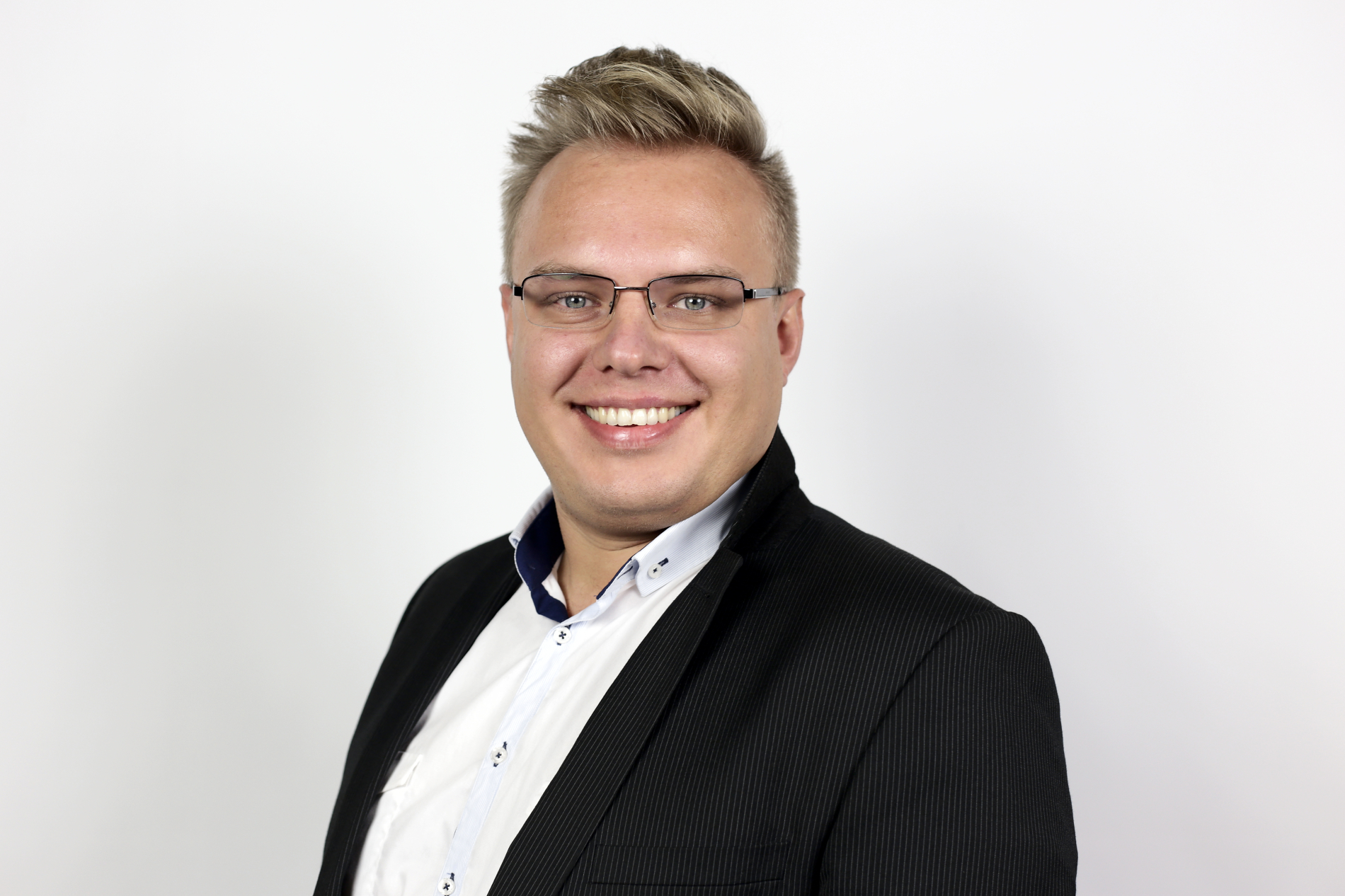 Our team's work was accepted at the European Conference on Artificial Intelligence. It will be presented in October.
Our team's work was accepted at the European Conference on Artificial Intelligence. It will be presented in October.
Network Science Lab is a group of individuals from the Department of Artificial Intelligence. They deal with various aspects of network science. Their research includes, among others, dissemination processes, interactions between such processes, the selection of starting points, the speed of dissemination, the detection and evolution of communities, social learning and cognitive processes, network control, streaming scenarios, as well as computational social sciences.
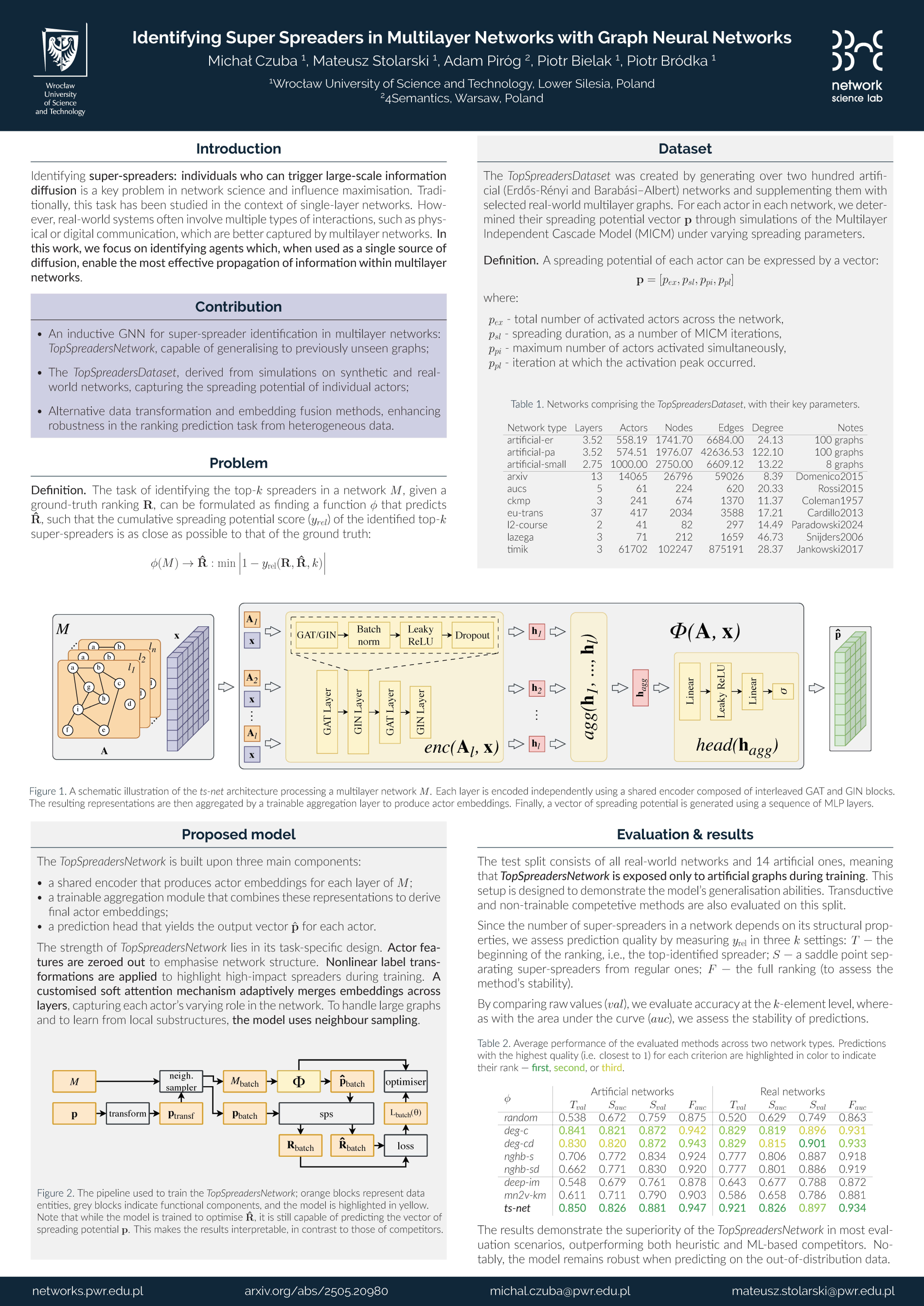
The team members can be found at leading conferences on complex networks and social informatics, such as NetSci, NetSciX, IC2S2, ASONAM or SocInfo.
